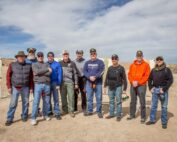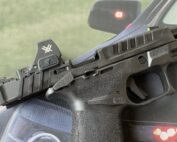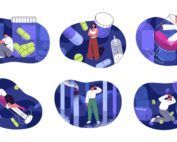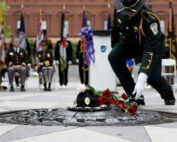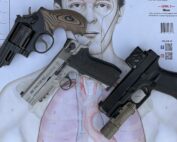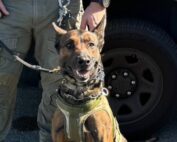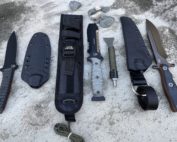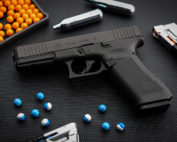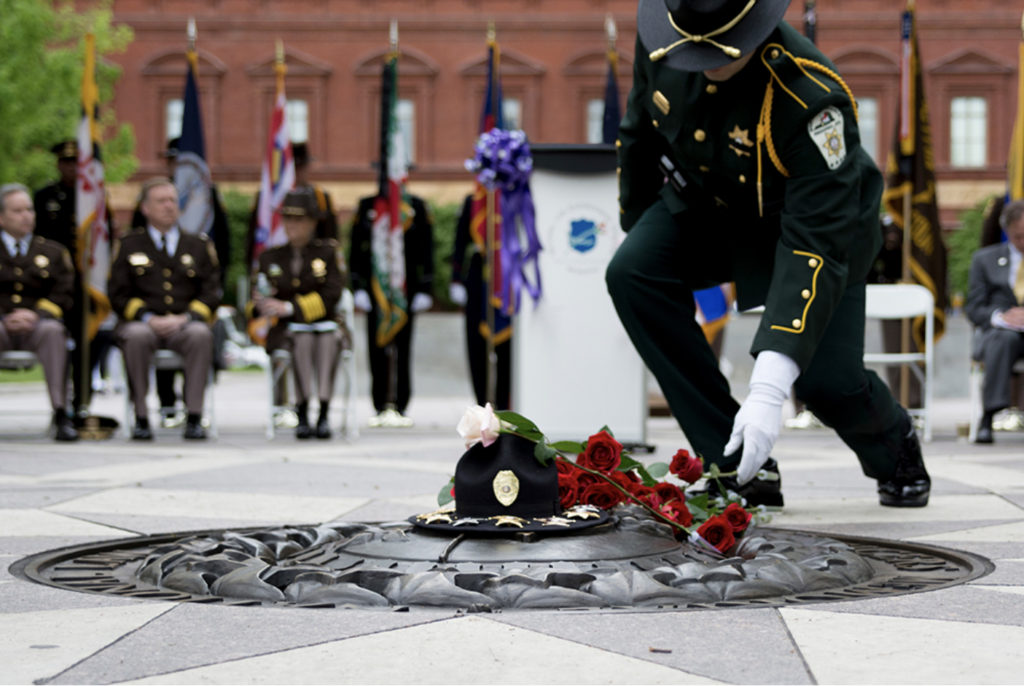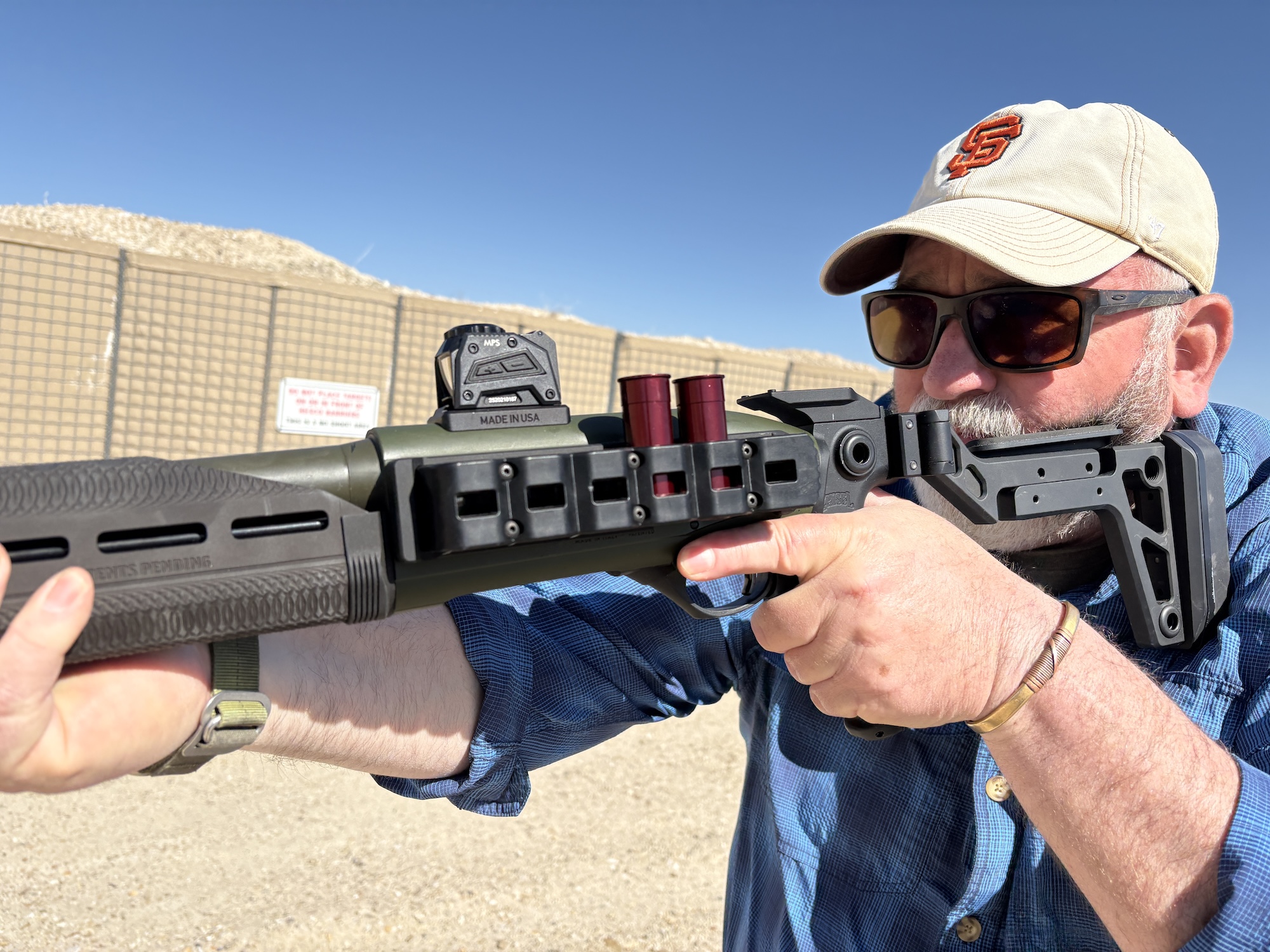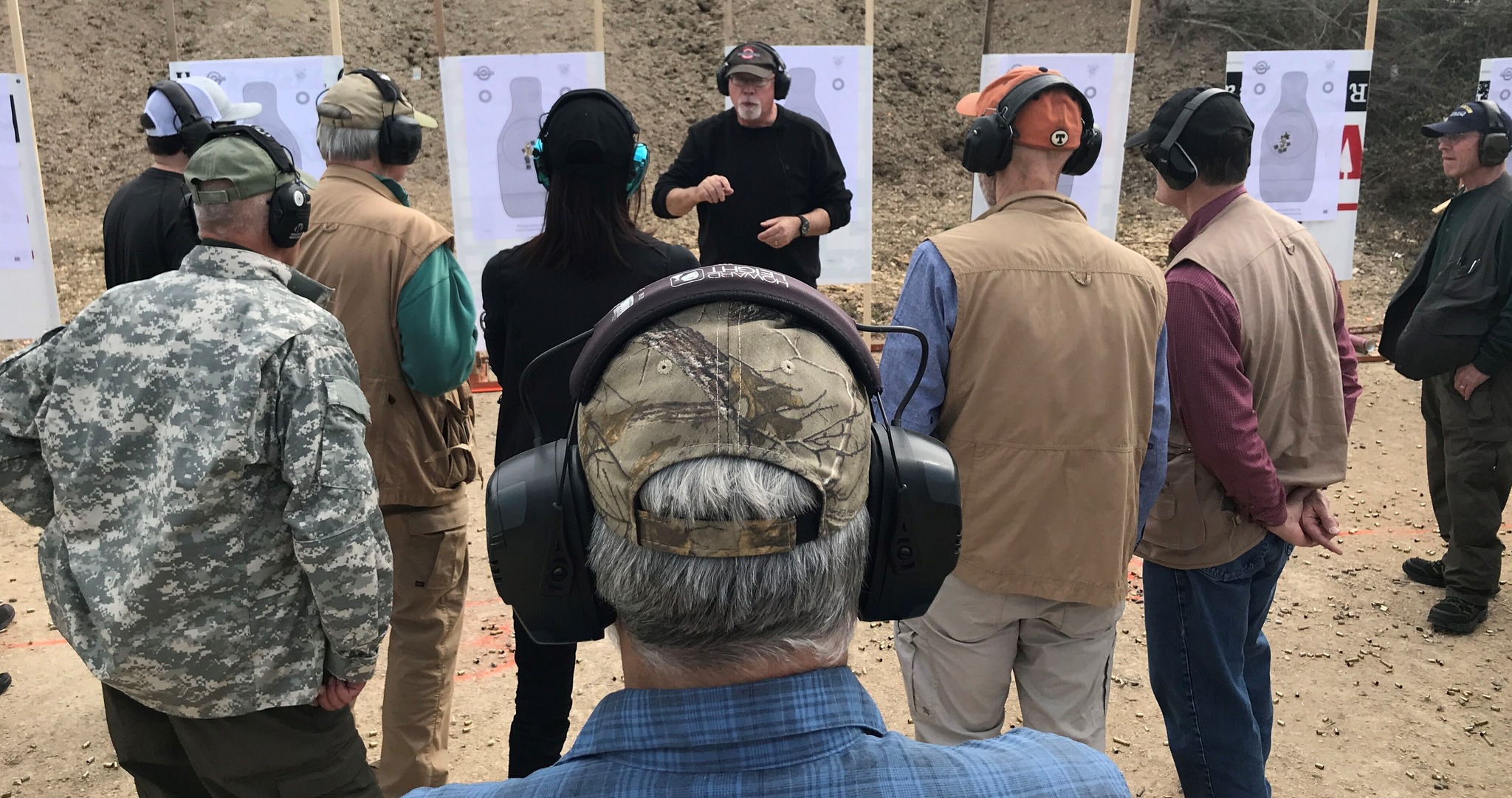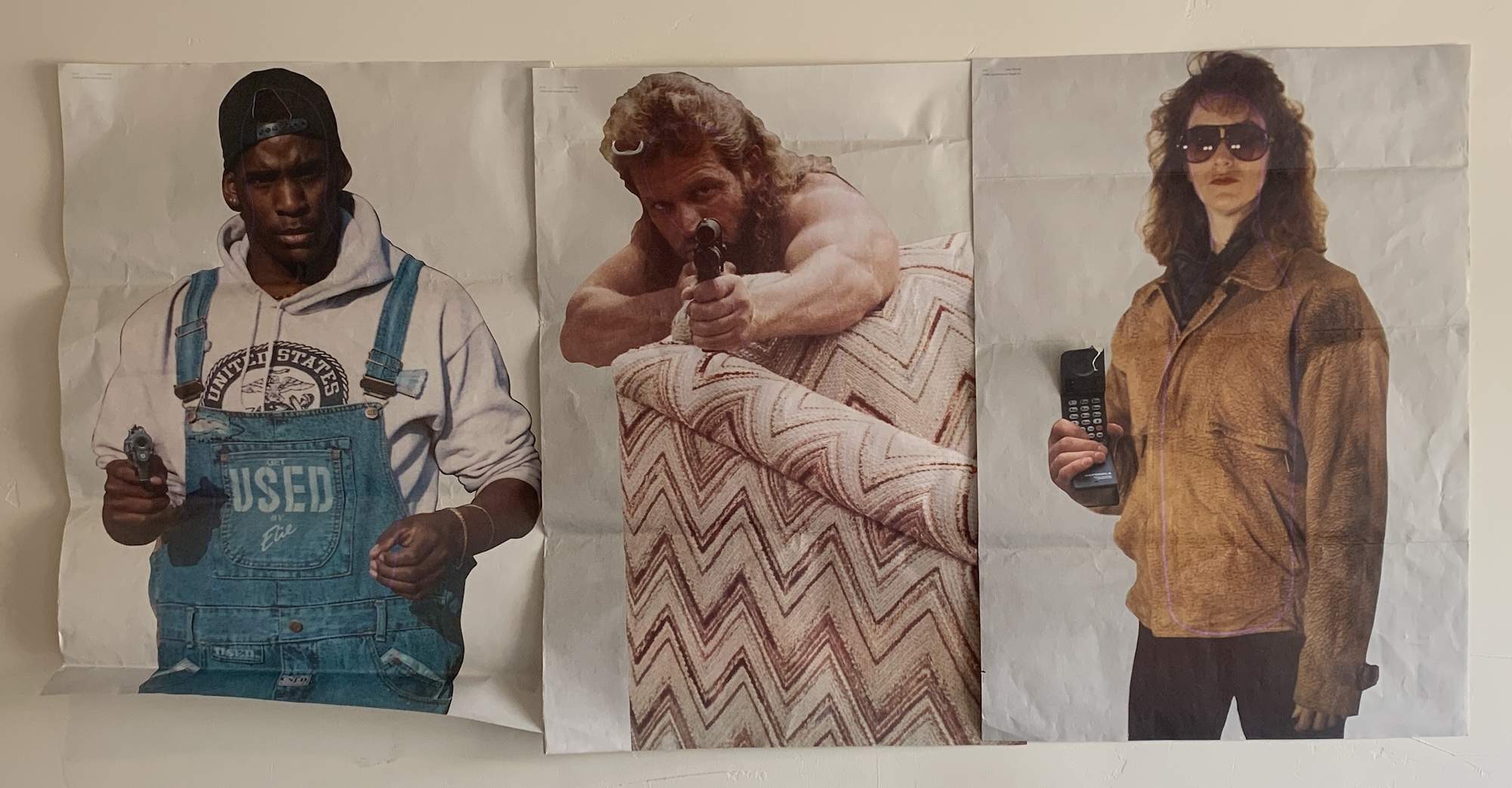
afeat_1620
Photo realistic targets force officers to scan the whole target, evaluate the presence (or absence) of a threat, and - if needed - deliver accurate fire to anatomically appropriate places.
Since at least 2013, a tremendous number of agencies have suffered from “Good Idea Fairy” visits. I’m specifically addressing those “good ideas” that will reportedly fix society’s ills but have little to no factual foundation. Generally, these stem from politicians “doing something” to fix a problem.
Some of these include – claiming there is no national standard for using force while trying to throw out Graham v Connor, ignoring SCOTUS rulings like United States v Whren to attack pro-active policing, or protesting the release of positive body-worn camera footage.

These Tier1Target offerings would be banned. Designed by a US Army SOF veteran, they provide significant options.
Then, we had wholesale changes to various penal codes. These came from the various legislative bodies and ballot initiatives. One is California’s Proposition 47—the Safe Neighborhoods and Schools Act. It radically elevated the dollar threshold for felonies while mandating citations versus custodial bookings and no practical consequences. Then, there are the various bail “reform” efforts. No need to make bail while releasing people without consequences.
Impacts
How exactly is that working out? Little, if any, solid research influenced those decisions. And it just keeps getting worse.
A Senate Bill
California now has Senate Bill 1020 working its way through the system. After passing the state senate, it is going to the Assembly. The bill will ban any target in which the subject’s race can be identified. Suppose it passes California’s Assembly and is signed by the governor. In that case, cops in my old state will lose valuable training tools. In addition to targets that aid in judgment, they will lose one way that removes “novelty”—new or previously unseen problems—from training. State Senator Steven Bradford authored the bill.

Senator Bradford’s bills for the 2023-24 session. SB 1020 is at the bottom (screen capture sd35.senate.ca.gov)
After hearing about SB-1020, I looked at Braford’s web page. It mentions the intent of the bill is to correct “inherent racial bias that certain ethnic groups are more dangerous.” I wonder if his staff looked at the Law Enforcement Officers Killed & Assaulted data. Data, not opinion.
The Words
SB1020 would enact Penal Code section 13658, which reads:
- (a) Each law enforcement agency and police academy basic course presenter shall have a policy prohibiting the use of ethnic shooting targets for any training, qualification, competition, or other range activities that are sponsored by the agency or academy, presenter, take place on any agency or academy presenter property, or involve the participation of any agency or academy presenter personnel or academy trainees. those attending a basic course.
(b) The policy described in subdivision (a) shall also prohibit providing ethnic shooting targets to any peace officer or trainee basic course attendee for personal use.
(c) As used in this section, the following definitions apply:
(1) “Ethnic shooting target” means any physical range target that depicts a human form or part of a human form that includes skin colors or facial features from which a person might reasonably discern a race or ethnicity of the person depicted. An “ethnic shooting target” does not include a silhouette target or a human form target with a nonhuman skin color such as green or blue that does not have facial features.
(2) “Law enforcement agency” means any department or agency of the state or any county, city, or other political subdivision thereof that employs any peace officer described in Section 830 that is authorized to carry a firearm.
(3) “Police academy” “Basic course presenter” means any school or other training facility certified by the Commission on Peace Officer Standards and training to provide the basic course, or any module or component thereof, basic course training or any in-service training to peace officers that involves live fire live-fire firearms training.
(d) This section does not prohibit the use of a realistic training simulator that utilizes live actors or live actors in video playback.
Well?

Each Tier1Target gives trainers four options for Don’t Shoot / Shoot decision-making. The Tier1Targets are my preferred target for this role.
How does that improve law enforcement’s performance in deadly force situations? Does it result in better judgment skills? Does it positively impact the Don’t Shoot/Shoot decision-making process?
Action Shooting Targets

USPSA’s “metric” target is on the left, and the less aggressive IPSC “classic” target is on the right. Which one does a better job preparing the shooter?
Before writing this, I looked through a few things – one being the split on targets in the action-shooting world. The International Practical Shooting Confederation (IPSC) uses a headless, geometric shape. In contrast, the US Practical Shooting Association (USPSA) and the International Defensive Pistol Association (IDPA) both use human-shaped targets with a distinct head on them.
Diving into that, the general tone of write-ups was that human-looking targets have an adverse appearance. And that removing them could make the sport of action shooting “more friendly” to others (1)
Research?
A problem arises out of this, at least for those who carry a gun professionally, and that is the novelty of using deadly force against another – based on behavior, not appearance. Dave Grossman documented studies that showed the necessity for soldiers to shoot at humanoid targets versus just bulls-eye targets.

One Georgia agency found itself in hot water over reaistic targets. For a citizen shooting class, they used only a target depicting an armed black male. Avoid that.
There is scientific research on this subject. From my recent reading of several studies, even the researchers argue that the data conflicts. Some research says officers will shoot sooner at targets depicting African Americans. In contrast, others say officers are slower to do so. Some of that appears to be the design of the studies—pushing buttons versus no shooting or shooting. It can also stem from the impacts of events over the last ten years. Media coverage does not lend itself to addressing behaviors and nuances.
For starters, look at Tom Aveni’s work on ambiguous shootings. His research clearly showed that a subject’s behavior and the nature of the call drove the event’s outcome. Race was not a determining factor; behavior was.
LEOKA
By the way, who assaults officers? By gender? Race? Age? Is there a way to tell? Look at the FBI’s LEOKA data.
Final Thoughts
Unfortunately, California’s bad ideas spread across the country. Please pay attention and fight this nonsense.
There have been other studies and events leading to a perception of targets being the problem. Read the studies and investigations all the way through; I will list some below. When you use targets that depict a subject’s race, use them for the behavior they show. Make your decision based on data and facts, not feelings.
REFERENCES
Aveni – Analysis of Police Shootings Under Ambiguous Circumstances
The police officer’s dilemma: Using ethnicity to disambiguate potentially threatening individuals.
Police Use of Force: Examining the Factors Relating to Police Officers Shooting Unarmed Black Males


 (0 rating, 2 votes)
(0 rating, 2 votes)

